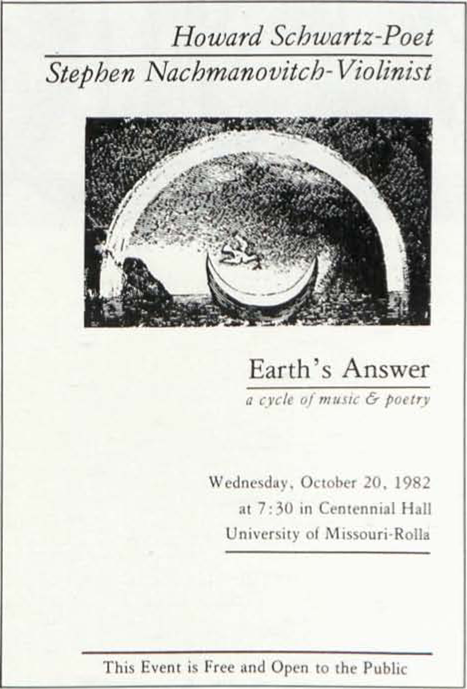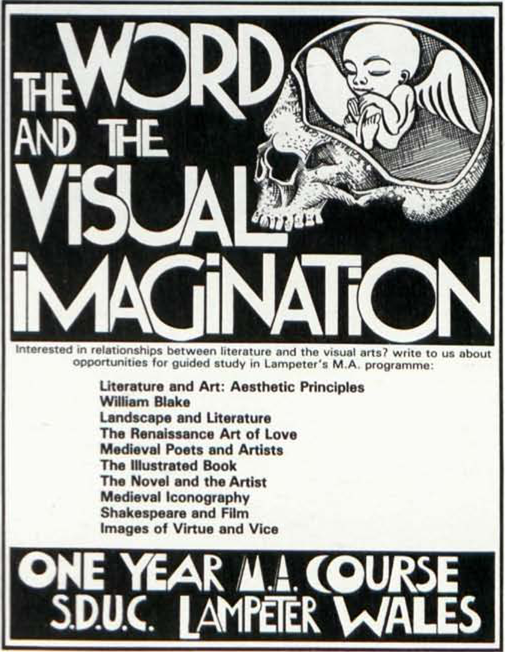NEWSLETTER
JOHN LINNELL: A CENTENNIAL EXHIBITION
We have received the following news release from the Yale Center for British Art:
The first retrospective exhibition in America of the work of John Linnell will open at the Yale Center for British Art on Wednesday, 26 January.
John Linnell was born in London on 16 June 1792. He died ninety years later, after a long and successful career which spanned a century of unprecedented change in Britain. His father was a craftsman, a picture-frame maker from a family of carpenters and cabinetmakers. With such a background it was almost inevitable that the young Linnell should serve an apprenticeship in an allied trade; in fact, he determined to become a painter, and in 1804 he was articled to John Varley. The choice of master was a particularly fortunate one. The brothers Cornelius and John Varley were members of the sketching club which Thomas Girtin helped to establish before his untimely death in 1802. They shared a common interest in working out-of-doors as a way of capturing in watercolors the more transient effects of nature, and they encouraged the practice among a group of younger artists which included Linnell, William Mulready, and William Henry Hunt. Linnell’s early attempts to paint directly from nature therefore parallel, and in some cases anticipate, those of John Constable.
In 1818, Linnell met William Blake. The two artists became friends, and Linnell’s moral and financial support helped to rescue the older artist from the obscurity into which his uncompromising visions had driven him. Under Blake’s influence, Linnell’s attitude towards landscape became less factual and more emotive. As if in answer to the Industrial Revolution, which transformed the face of “England’s green and pleasant land,” Linnell produced a brand of nostalgic pastoral which appealed widely to the Victorian public. One reason for its popularity was underlined by William Makepeace Thackeray in his review of the Royal Academy’s Exhibition of 1855: “We English are a rural people. Few of the well-to-do residents in London feel themselves at home there. Everyone remembers with regret his country house and looks forward with hope to returning thither at last . . . What a pleasure it is to stroll through the exhibition and renew acquaintance with streams and hills and woods.”
begin page 185 | ↑ back to topUnlike Constable, Linnell was not born into the countryside. This perhaps explains why his view of the landscape converted so readily into a vision of it, moreover into one which was popular among the newly rich industrialists of the North. Like Linnell, and unlike Thackeray’s well-to-do, they were men without roots in the shires. Often they shared Linnell’s own dissenting, religious outlook and responded gratefully to his formulation of “Imaginative or High Art” based not upon explicit and idolatrous imagery, but upon a “vivid perception of those qualities in nature which most affect the mind with emotions of moral sympathy, sublimity and beauty.”
Linnell was one of the few artists for whom the youngbloods of the Pre-Raphaelite Brotherhood had any respect. Like Ruskin, he defended their moral earnestness and their skill from 1851 onwards. Subsequently, he witnessed their spectacular success and then, within a decade of his death, his reputation fell, like theirs, into the oblivion to which the aesthetic movement consigned so much Victorian art. In spite of a two-volume biography by A. T. Story, published in 1893, Linnell became a forgotten master of the nineteenth century.
In 1973, Stephen Somerville’s exhibition in London of John Linnell and His Circle drew attention to the importance of the artist’s early work en plein air. The present exhibition, organized to coincide with the centenary of his death, is carefully selected to do justice to his entire career. It was catalogued by Katherine Crouan of the Winchester School of Art, England, and was shown first at the Fitzwilliam Museum, Cambridge. At the Yale Center for British Art it is augmented by a number of paintings from Yale’s collections and provides a fitting sequel to William Blake: His Art and Times. It is on view on the third floor through 20 March 1983.
As part of the “Art in Context” series, Duncan Robinson, the Director of the British Art Center, will discuss “Noah: The Eve of the Deluge” by John Linnell on Tuesday, 1 February at 12:30 p.m. Gallery talks on the Linnell exhibition will be given by members of the Department of Academic Programs on the following Thursdays at 2 p.m.: 27 January, 3, 10, and 17 February; and 3, 10, and 17 March. Special tours may be arranged by contacting Teri Edelstein at 203-436-3013. For further information, please contact Constance Clement, Yale Center for British Art, Box 2120 Yale Station, New Haven, CT 06520. Telephone 203-436-1162.


